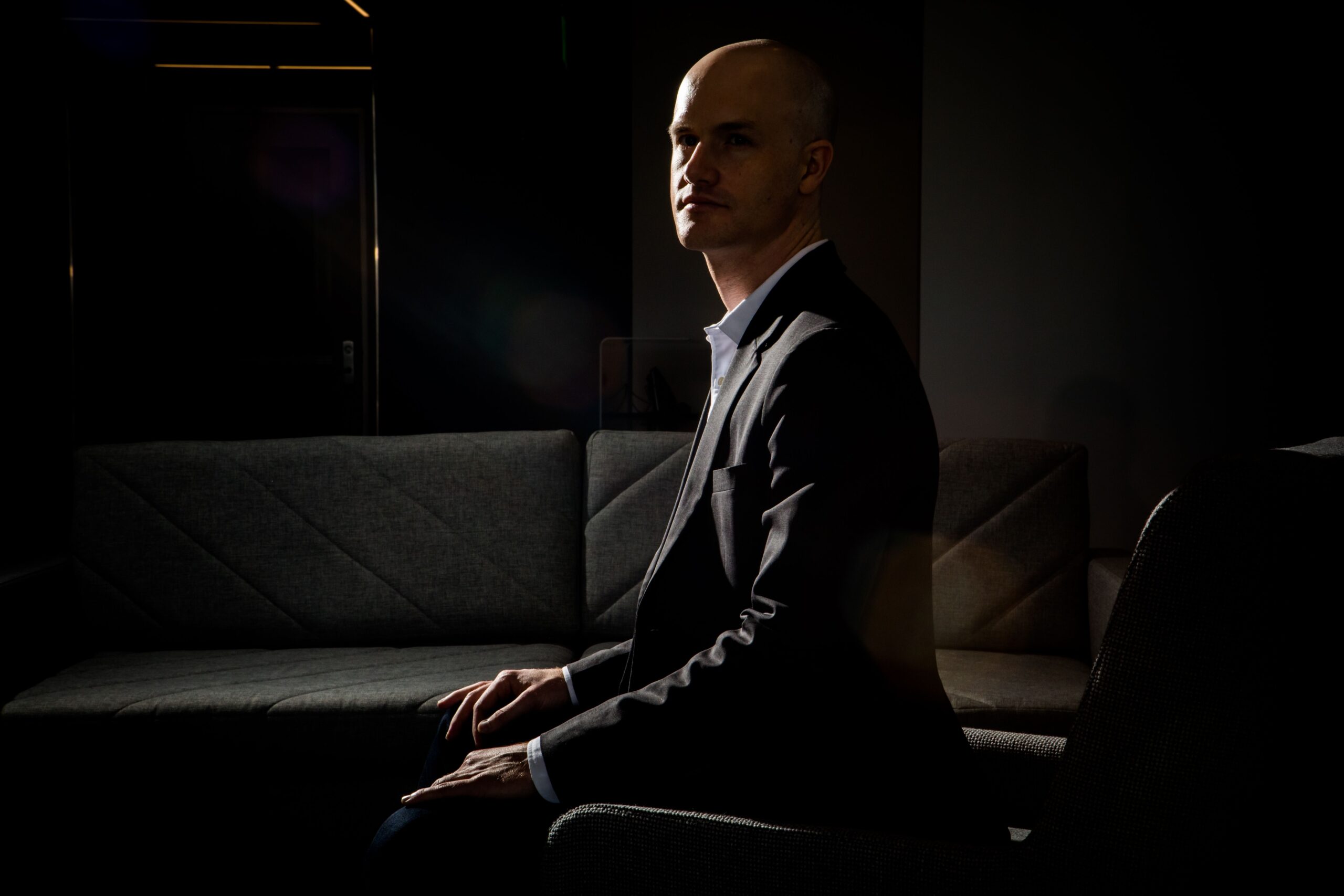
Creating a Transparent and Reliable Internet
Did AI generate the text you are engaging with right now? Was the image you encountered online produced by AI? Was the sensational, divisive article that influenced an election genuine, or merely a product of AI-generated falsehoods?
These are considerations that Clara Tsao has contemplated for years, navigating issues from safeguarding national security as CTO of a team aimed at countering domestic extremism, to advocating for a better internet through her role as co-founder of the Trust & Safety Professional Association. She also manages to serve as President of the White House Presidential Innovation Fellows and as a Senior Advisor at Tech Against Terrorism.
"For me, the focus has always been on fostering a democratic internet, as it is an open network that everyone should inherently have the right to access,” Tsao states, who is also a Founding Officer at the Filecoin Foundation and an upcoming speaker at the AI Summit at Consensus 2025.
Tsao is acutely aware that AI complicates many of these roles. Thus, Filecoin is dedicated to utilizing blockchain technology to ensure the authenticity of digital content and to combat false information. “AI is set to accelerate prevalent trends—both positively and negatively,” Tsao explains. “Ultimately, people want clarity on whether they’re interacting with a human or an AI.”
In what ways has AI complicated the pursuit of a transparent and reliable internet?
Clara Tsao: One of the most significant concerns with AI is how we differentiate between AI- or bot-generated content and that created by humans. During my tenure dealing with foreign influence operations, a key question was how to substantiate that a malicious actor originated from a country identified as hostile.
Can you provide a specific instance?
In 2016, Facebook removed various media outlets associated with Russia due to links to the Internet Research Agency, an organization known for promoting propaganda during an election cycle. The crux of the issue is proving the origin of information while preventing the public from succumbing to misinformation.
As fakes become increasingly easy to fabricate, especially with AI…
Exactly. Creating AI-generated images and news makes it relatively simple for malicious actors to exploit this technology for harmful purposes.
How does blockchain assist in solving this issue?
Decentralized technologies, particularly decentralized storage, provide the ability to trace changes in data over time since every piece of information is stored via hash rather than location.
If there is a dataset we are uncertain about—perhaps due to manipulation by a government—it’s crucial now more than ever to maintain the integrity of that information, something Filecoin is well-equipped to facilitate.
Who are your collaborators?
We have partnered with numerous outstanding nonprofits, including MuckRock, to archive and safeguard critical information, ensuring its resilience and resistance to tampering. For journalists, this means having secure copies of information distributed globally. This technology also verifies that a certain photo was taken by a specific device at a particular time.
In some elections, misinformation may arise regarding events, and photographers can utilize decentralized technologies. Numerous applications built using Filecoin are already in place to ensure that these images can be confirmed as authentic.
This capability is not only valuable for daily journalism but also vital for court admissibility. For instance, in Ukraine, war images may be taken out of context, and we can preserve key photographs that could later serve as evidence in international human rights courts.
How has your perspective on Filecoin’s mission evolved?
We can enhance the verification process of whether someone is interacting with AI or a human. Our storage solutions can significantly reduce costs while improving data accuracy since most AI datasets rely on vast amounts of training data, the storage cost of which can be prohibitive. Our goal is to make data storage accessible to everyone, ensuring that users have the flexibility to choose their storage options, thus avoiding confinement to a controlled environment.
Appreciate your insights, Clara. Looking forward to seeing you in Toronto at Consensus!



















Post Comment